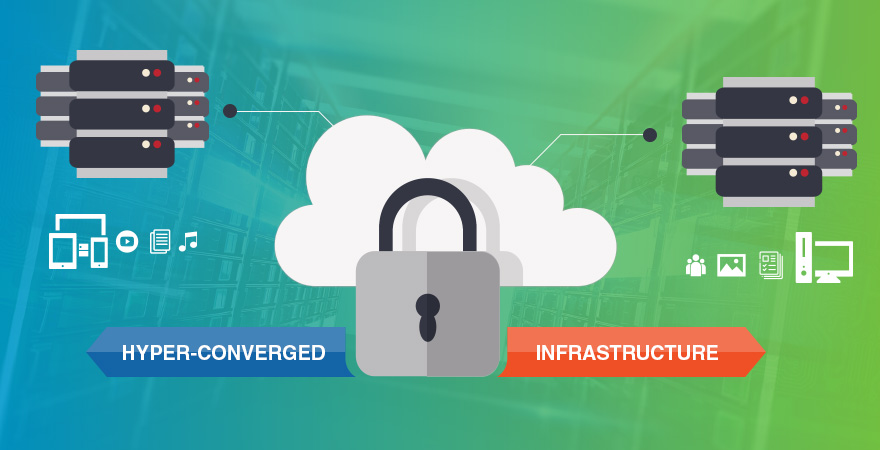Hyper-converged infrastructure (HCI) has evolved as the most efficient infrastructure that most IT organisations are turning to. HCI has gained momentum in enterprises to draw and streamline the deployment of new workloads, easy deployment methods, infrastructure management and optimise infrastructure costs. HCI architecture is becoming the “backbone” of the multi-cloud world. The technology is taking a big stride in the emerging decade and finding home in on-premises data centres looking to ease procurement headaches and management chores.
HCI is making its way to provide a cloud-like environment to maintain closer control over IT resources. As edge computing grows, HCI will be the major catalyst to speed up the proliferation and continues to grow for many businesses.
Looking at the way of HCI ‘s future, research shows that IT industry trends is increasingly becoming a new initiative that focuses on Digital transformation, on-premises to cloud adoption and application on modernisation and security. Migrating existing workloads is the direction for future HCI adoption. The reason is reduced requirement for server and storage management resources and expertise.
HCI offers the simplicity of deployment which has become a big attraction in many IT industries. Other attractions are ease of management, readily available resources and uniform scaling are major features that attract many IT people. In wider terms, this equates to operational efficiency and reduced costs both of which are particularly important when considering how companies are emerging from the COVID-19 crisis into turbulent economies. It is critical as businesses are increasingly data-driven requiring more technology and computing power to meet their information demands.
Here are the five most important benefits of HCI that bring benefits to your business:
5 Benefits of HCI can bring change into the IT industry



